If your work requires you to sit in front of a computer for several hours, you should be worried not only about your eyesight. Prolonged sitting can adversely affect the blood circulation in your legs, leading to vein problems. You see, when you are seated for long hours, your veins, particularly those found in your lower extremities, must work double-time to move blood back to your heart.
Poor circulation in your lower limbs may result in minor problems such as occasional ankle swelling, spider veins, and varicose veins. But there are also instances when it could result in severe conditions such as blood clots and deep vein thrombosis. The good news is you really don’t have to leave your job or change your career to prevent vein trouble.
Don’t panic if you’re starting to see spider and varicose veins at the back of your legs, on your feet, and even in other parts of your body. There are steps you can take to prevent these problems from worsening. You can choose from the many types of vein therapies, depending on the severity of your condition. If you want more info before choosing the right remedies, you can start with these facts about vein treatments.
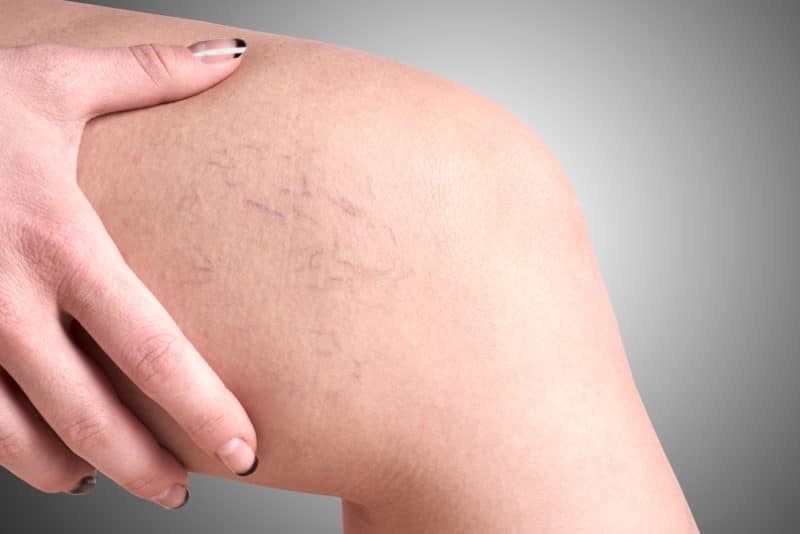
1. Not All Vein Conditions Are The Same
Many people fear that once unsightly veins start appearing on their legs, there’s nothing else they can do except undergo surgery to remedy the problem. But no matter how unattractive spider or varicose veins look, they’re hardly ever dangerous and rarely require invasive medical treatment. In fact, there are times when these veins just look unsightly but don’t really cause any symptoms or discomfort. So, treatments are highly dependent on the severity of your condition.
If your varicose veins suddenly develop due to pregnancy, you shouldn’t be too worried about them. Just consult your ob-gyn and ask what you can do to minimize their appearance or prevent them from developing further. In most cases, such ugly-looking veins will eventually get better on their own, especially after you’ve given birth.
Although venous conditions are more common in women than in men, there’s still a portion of the male population that suffers from varicose veins. The common problem areas in men include the feet, legs, arms, and hands. But one type of vein condition that can cause infertility in men is called varicoceles. If you feel bulging veins in your private area, you should immediately consult your doctor. It’s especially urgent if you’re planning to have children in the future.
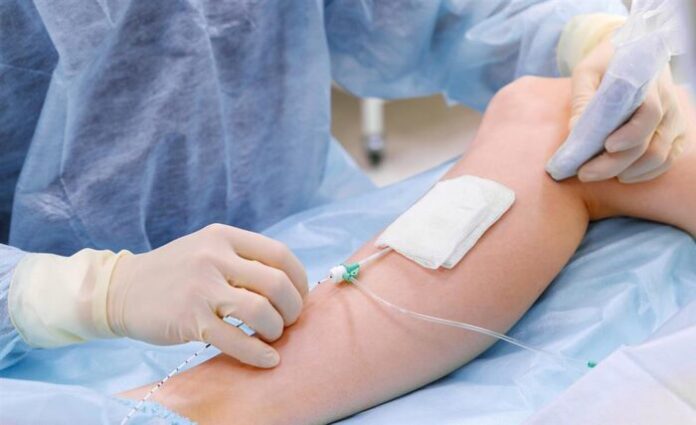
2. Your First Line Of Defense Is Self-Care
Slightly swelling blood vessels on the legs and feet are typically annoying because they don’t look right or may cause minor inconvenience. If this is the case, your doctor will probably just give you tips on how to take care of your condition. Here are some of the self-care tips that can help you deal with your budding vein conditions:
- Since obesity can cause the development of spider and varicose veins, your doctor may advise you to lose weight through healthy lifestyle changes.
- Incorporate fun activities or regular exercise in your daily routines to promote proper blood circulation, particularly in your lower extremities.
- Try lifting your legs regularly to prevent blood pooling in your legs after you sit for extended hours. It can also alleviate mild pain and discomfort due to varicose veins.
- Wear compression stockings as per your doctor’s order. These can help reduce swelling in your legs by promoting blood flow in the area. If you have diabetes, heart problems, or other chronic medical conditions, you must consult your doctor before using compression socks.
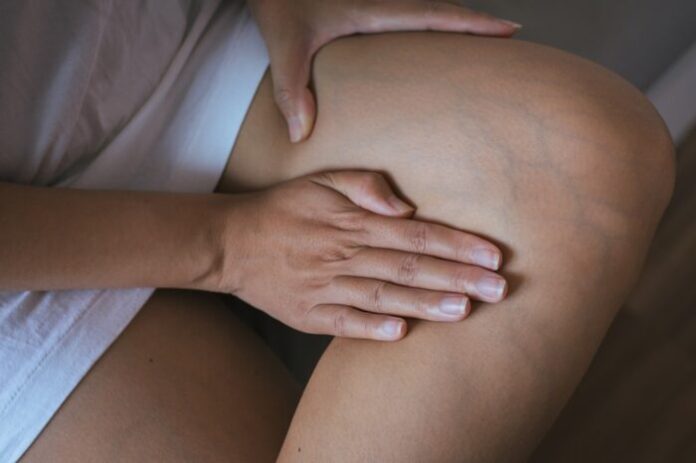
3. Some Problems Require Vein Treatment By Specialists
As mentioned earlier, most venous diseases can be managed simply by self-care methods. However, your physician might recommend that you undergo vein treatments for the following reasons:
- You feel conscious or distressed by the unsightly appearance of your varicose or spider veins. In this case, the problem already affects your self-esteem and becomes more than just how the veins look.
- The home treatments are unsuccessful, and your vein problems continue to become aggravated.
- The symptoms you’re experiencing can no longer be considered minor. It means you’re already having cramps and throbbing pain. Also, blood clots are beginning to form. You may also suffer sores and ulcers as bulging veins develop or vein inflammation, called phlebitis, is already apparent.
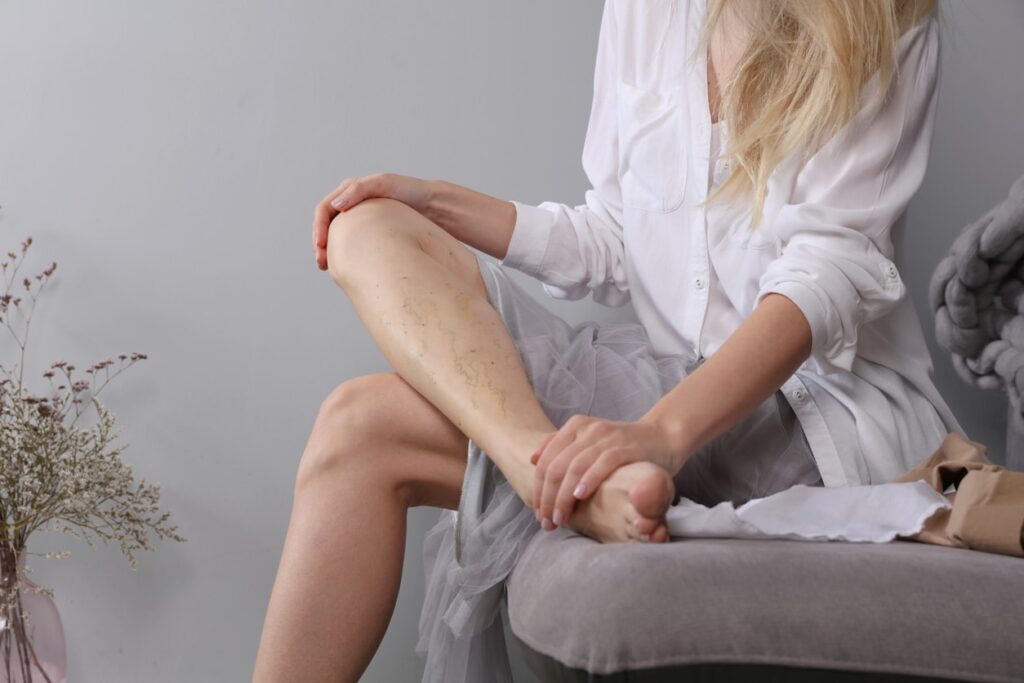
4. Common Vein Treatments Are Minimally Invasive
Typical venous conditions do not require surgical operations under general anesthesia. Even if you have symptomatic varicose veins, your doctor will most likely recommend non-invasive medical intervention depending on your condition’s severity and personal choice. So, what are these minimally invasive vein therapies?
-
Endovenous Radiofrequency Ablation (RFA)
It’s usually done to treat bulging and swollen veins. This method makes use of heat from high-frequency radio waves to close the knotty blood vessel. RFA is generally performed by specialists in a clinic and doesn’t require hospitalization.
-
Endovenous Laser Therapy
This is a relatively new therapy that also aims to seal off large, swollen, and bulging varicose veins. Unlike RFA, this treatment uses laser technology to shut off the blood vessel.
-
Sclerotherapy
This treatment is ideal for spider veins and small varicose veins. During the procedure, your vein doctor will inject a chemical solution into problematic areas. The goal is to collapse the veins. If the affected veins are prominent, sclerotherapy guided by duplex ultrasound is used. This method uses ultrasound to help the doctor visualize and observe the injected solution. Usually, a foaming solution that has a thicker consistency is used for more extensive vein disorders.
These minimally invasive methods usually have fast recovery times. However, your doctor may advise you against performing extraneous activities for several days or weeks to help the affected veins heal properly.
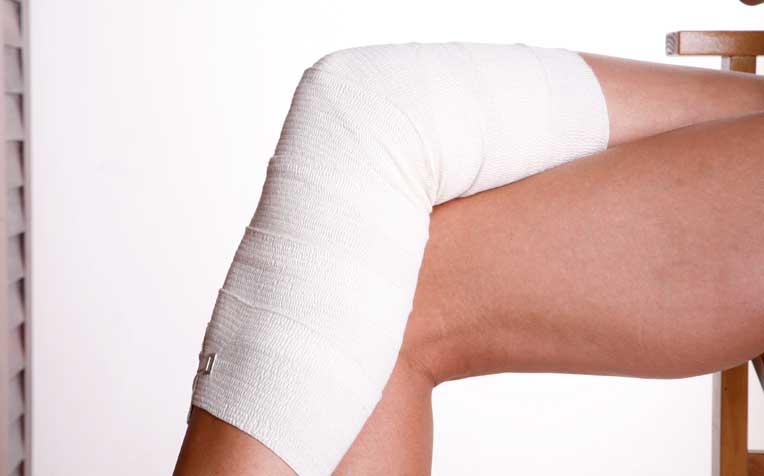
Conclusion
Sitting for hours on end coupled with an unhealthy lifestyle can wreak havoc on your blood circulation, particularly in your lower extremities. As a result, you can see vein problems like varicose and spider veins appear. For the most part, these conditions don’t pose serious health risks. But they can be unsightly and affect your self-esteem.
You can treat them by adopting healthy lifestyle changes like losing weight, regular exercise, and a healthy diet. If these don’t work, you can consult a vein doctor who will work with you to treat the problematic veins. Most common vein treatments are non-invasive and have quick recovery times.









